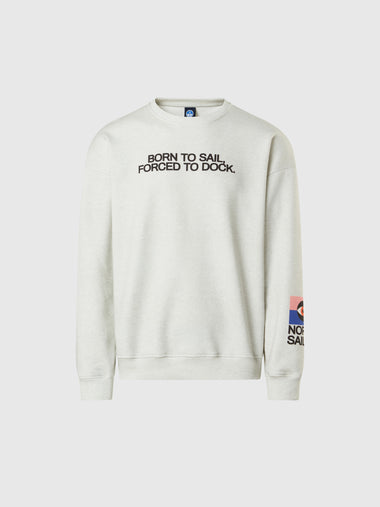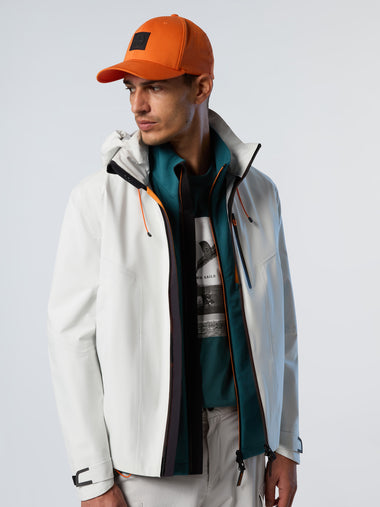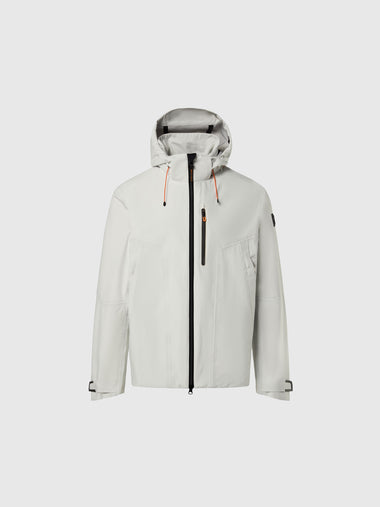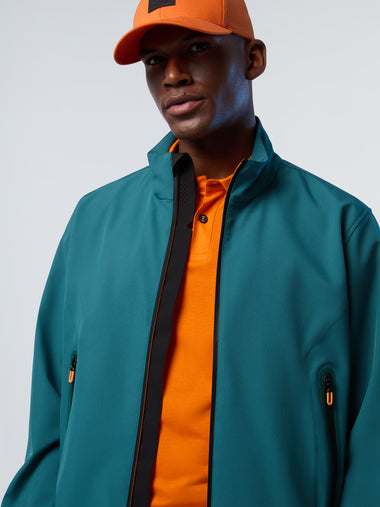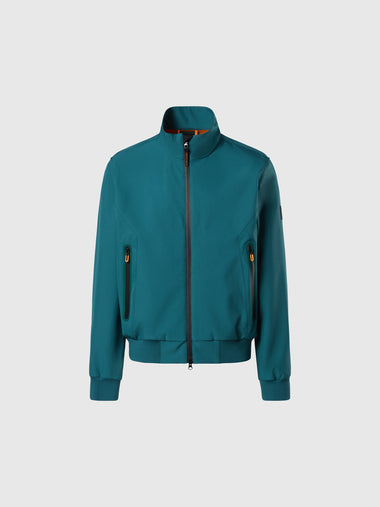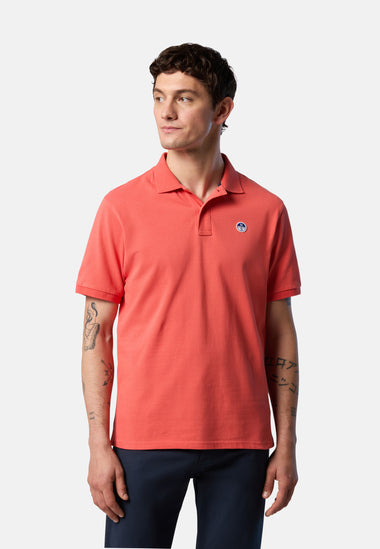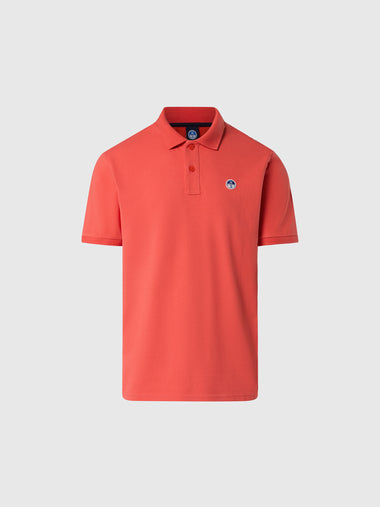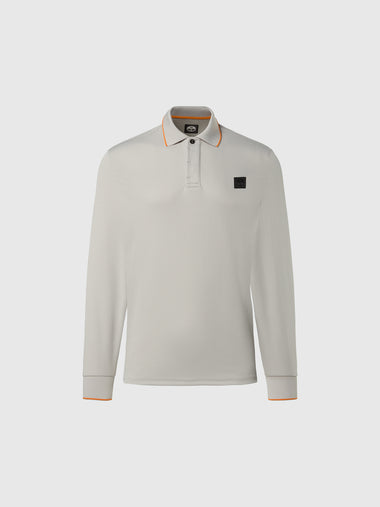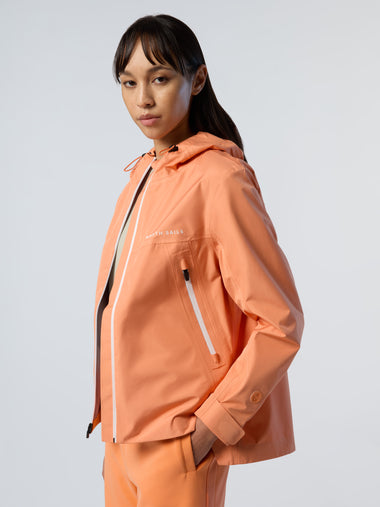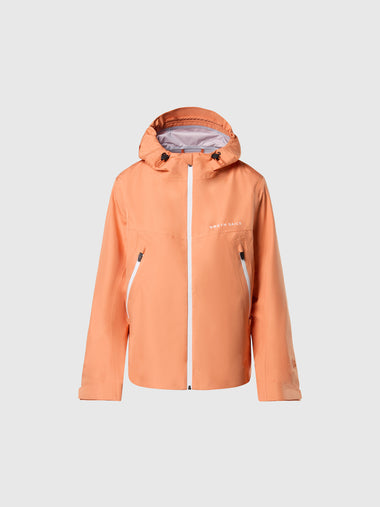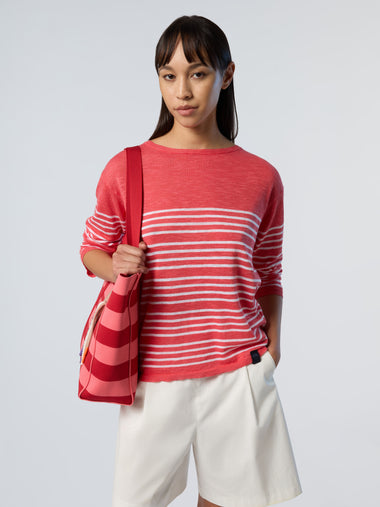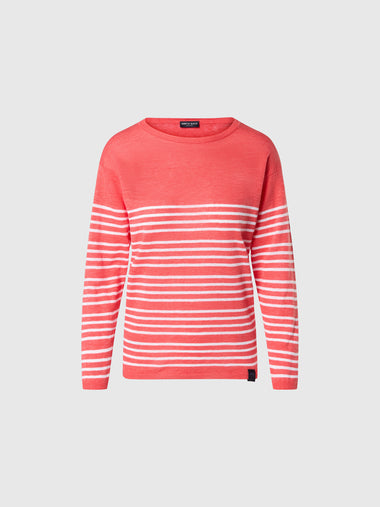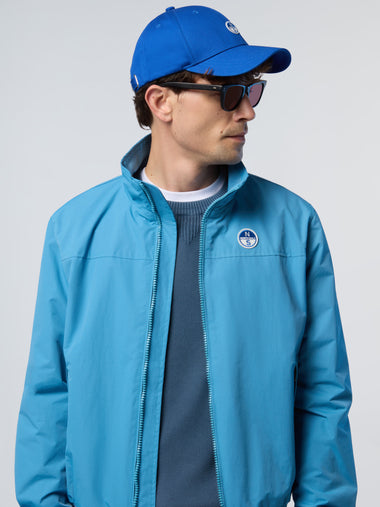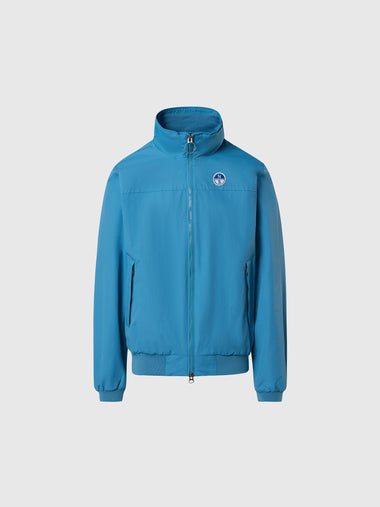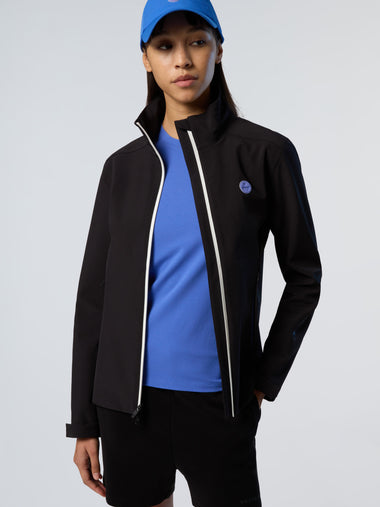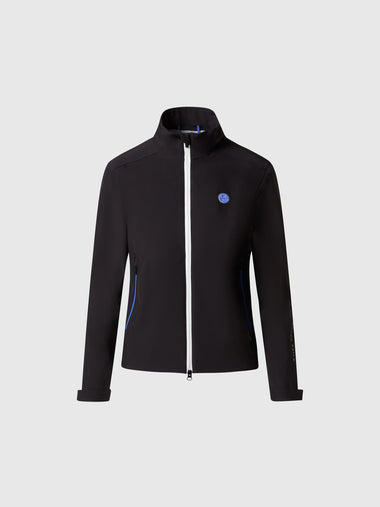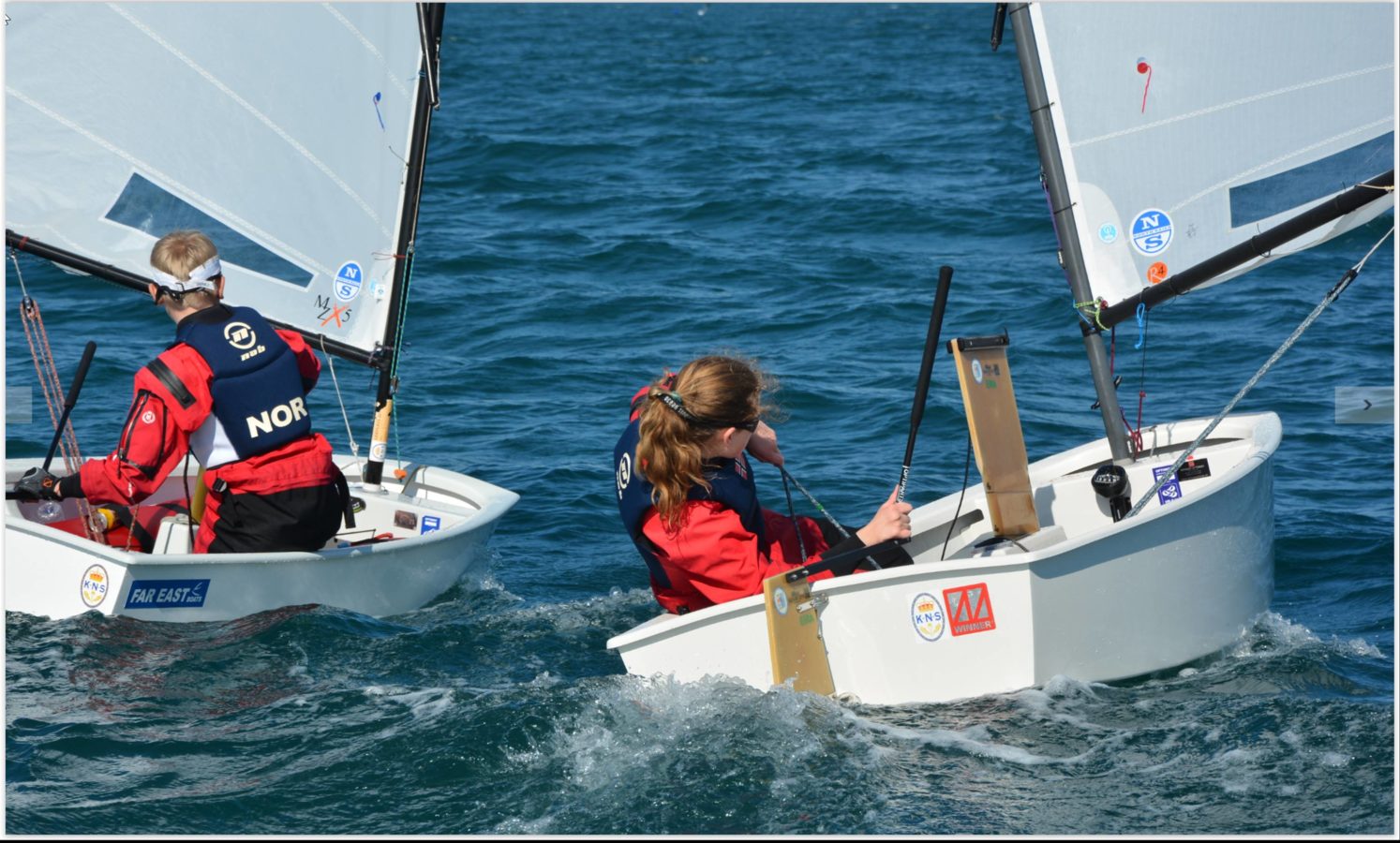WHICH OPTIMIST SAIL IS BEST FOR ME?
Three Important Factors To Be Considered
Countless times a sailor, coach, or parent asks me, “How do I decide what Opti sail to buy?” The answer involves a number of different factors, some more important than others. In the order of their importance these are: the sailor’s weight, the expected wind conditions, and the sail’s construction. Mike Marshall is a sail designer at North Sails and has recently updated the Optimist inventory. Here are his thoughts and recommendations:

Sailor’s Weight
The most important consideration in choosing an Opti sail is the sailor’s weight. This factor is straight-forward when the sailor is in the middle of a given weight range. But what if the sailor’s weight is in between two ranges? Then the decision is more complex. To simplify it, I generally ask two questions: How long do you plan to keep the sail? And what’s the sailor’s comfort level in heavy wind? Since most Opti sailors don’t gain more than 5-8 pounds in a season, I generally recommend choosing a sail at the top end of a weight range if that sail will be kept for only a single season. But if the sail will be kept for longer, selecting one from the next weight range up often makes good sense because the sailor can grow into it. There are, however, exceptions to this general rule, one of which depends the sailor’s comfort level in heavy wind. Someone who’s very comfortable in heavy-air conditions and skilled at depowering the boat can probably handle a higher weight-range sail. The opposite is true for a sailor who isn’t comfortable in heavy wind. Even if this sailor wants to keep a new sail for more than one season, the lighter weight-range option may be the best choice because it’s easier to depower.
Someone who’s very comfortable in heavy-air conditions and skilled at depowering the boat can probably handle a higher weight-range sail.
Expected Wind Conditions
A secondary consideration in buying a new sail is what wind conditions that sail will most often be used in. In general, you want a more powerful sail (one for a heavier sailor) in light air, and a less powerful sail (one for a lighter sailor) in heavier air. So, if a sail will mostly be used in Long Island Sound in summer, where the wind is generally light, I’d often recommend the heavier weight-range option if the sailor is roughly between two ranges. On the other hand, if the sail will be used mostly in San Francisco, where winds are heavier, I would typically recommend the lighter weight-range choice to a between-weight-range sailor. Keep in mind, though, that wind conditions can’t be predicted with certainty regardless of what the past wind patterns are in a certain area. So never select a sail solely on the basis of expected wind conditions.
If a sail will mostly be used where the wind is generally light, I’d often recommend the heavier weight-range option if the sailor is roughly between two ranges.

Sail Construction – XCut, Radial or Hybrid?
There’s also the construction method to consider when buying a new sail. Is it best to buy a radial sail, a crosscut sail, or a hybrid? Each of these construction types reacts in different ways to produce the sail’s shape, which in turn determines how well the sail performs. But understand that what matters most is not usually the particular construction itself. Instead, it’s how well a sail of that type responds in a particular sailor’s hands. This means that experience with a certain kind of sail counts greatly. If a sailor is accustomed to crosscut sails, how they react, and their shape, I’d suggest that this person buy another crosscut. The same is true for a sailor accustomed to how a radial sail reacts. He or she should probably stay with radial construction. There’s typically little to be accomplished by switching to a different cut. The performance gains from a new sail that you already know how to use will typically be far greater than the potential gains from a new sail that you must learn how to handle. Also, sticking to what you have experience with can often reduce frustration and so add greatly to the fun of sailing.
What matters most is not usually the particular construction itself. Instead, it’s how well a sail of that type responds in a particular sailor’s hands.
Learn about North Sails designs for the Optimist







